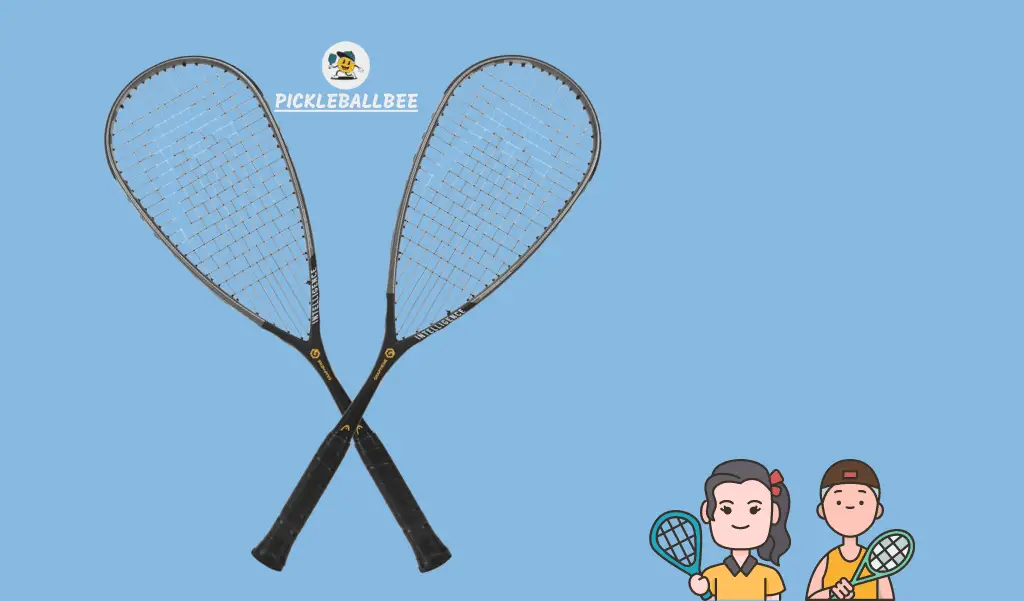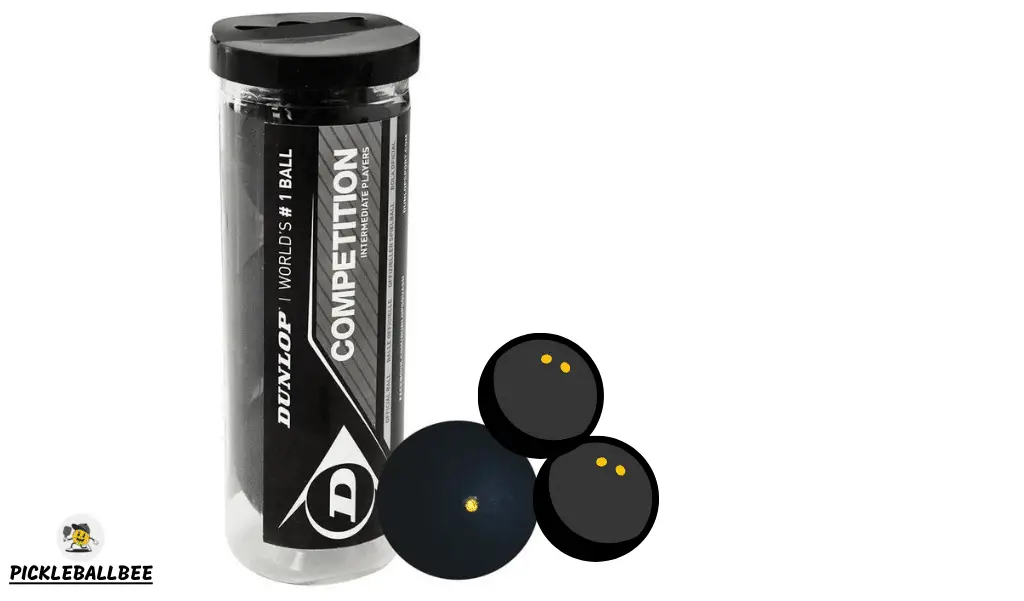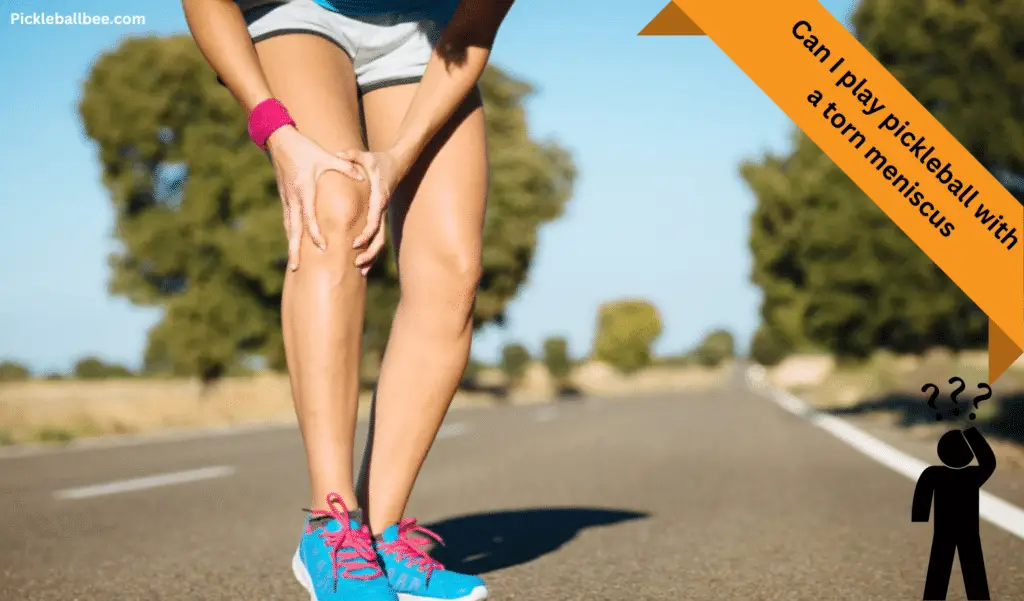Pickleball and squash, two popular racquet sports, have gained significant attention recently. While both games involve using a racquet and a ball, distinct differences set them apart. This article will explore the similarities and differences between pickleball and squash, analyzing their gameplay, equipment requirements, and overall strategies. Whether you are an avid player or simply curious about these sports, understanding the nuances of each game will provide valuable insights into their unique characteristics and appeal. So let’s uncover what makes pickleball and squash such captivating endeavors for enthusiasts worldwide.
Table of Contents
History of Pickleball:

Origins:
Pickleball was invented in 1965 by Joel Pritchard, a U.S. congressman, and Bill Bell, a businessman, in Bainbridge Island, Washington. They wanted to create a new game to entertain their families during the summer.
A Pritchard family dog named Pickles, who would chase the ball and run off with it during the game’s early stages, is said to be the originator of the name “pickleball.”
Early Equipment and Rules:
Pritchard and Bell initially used makeshift equipment, including ping-pong paddles and a perforated plastic ball. As the game gained popularity, they developed standardized rules and introduced proper paddles and a unique pickleball similar to a Wiffle ball.
Spread of Popularity:
Pickleball began to gain attention as a recreational activity in the 1970s. It quickly spread across the United States, primarily in retirement communities, due to its accessibility and low-impact nature.
National Governing Body:
The USA Pickleball Association (USAPA) was formed in 1984 to promote and govern the sport. It has played a significant role in standardizing rules, organizing tournaments, and expanding pickleball’s reach.
History of Squash:

Origins:
Squash is one of the oldest racquet sports, with roots dating back thousands of years. Games resembling squash were played in France as early as the 15th century, where players hit a ball against a wall with their hands.
Development in England:
The modern squash version originated in England in the 19th century. Students at Harrow School began playing a variation of the game using rackets and a rubber ball in a confined area, leading to the development of the sport we know today.
Standardized Rules:
The first set of standardized rules for squash was established in 1864 by Harrow School. Over time, the rules were refined, and squash gained popularity in private clubs and educational institutions across England.
International Expansion:
Squash continued to grow in popularity and spread beyond England. In 1923, the Squash Rackets Association (now known as England Squash) was formed to govern the sport and establish international standards.
Professionalization and Global Presence:
Squash became a professional sport in the 20th century by forming professional associations and organizing professional tournaments. The Professional Squash Association (PSA) was established in 1975, and the sport gained recognition and a global presence with tournaments held worldwide.
Equipment: Pickleball and Squash
Rackets are vital components of both pickleball and squash. They directly impact the player’s ability to control the ball and execute different shots. Let’s compare the rackets used in each sport.
Pickleball Rackets

Pickleball rackets are typically lightweight materials such as graphite or composite materials. They are designed to provide a balance of power and control. Pickleball rackets have a solid hitting surface and a perforated grip for better handling and maneuverability. They are generally smaller in size compared to squash rackets.
Squash Rackets

Squash rackets are heavier and more substantial than pickleball rackets. They are usually made of composite materials or graphite and are designed to withstand the rigors of the game. Squash rackets have a larger head size and extended handle, giving players increased reach and power during shots.
Ball Comparison
The type of ball used in a racquet sport dramatically affects the speed, bounce, and overall gameplay experience. Let’s compare the balls used in pickleball and squash.
Pickleball Balls

Pickleball balls are unique, featuring a distinctive hole pattern. They are made of durable plastic and have a slightly larger circumference than a standard tennis ball. Pickleball balls have a lower bounce, which allows for more controlled shots and longer rallies.
Squash Balls

Squash balls are small and made of rubber. They come at different speeds, denoted by colored dots. The speed of the ball affects its bounce and liveliness. Squash balls have a higher bounce than pickleball balls, demanding quick reflexes and agility from the players.
Court Size Comparison
The court’s dimensions significantly impact the style of play and movement required in a racquet sport. Let’s compare the court sizes for pickleball and squash.
Pickleball Court Size
Pickleball is often played on a court similar to a badminton court. The dimensions of a standard pickleball court are 20 feet wide and 44 feet long. The court is divided into two halves by a net, and it features non-volley zones near the net to prevent players from executing volleys.
Squash Court Size
Squash courts are much smaller compared to pickleball courts. The dimensions of a standard squash court are approximately 21 feet wide and 32 feet long. Squash courts have four walls and often feature a front wall with tin, and a lower boundary, which adds challenge to the game.
Pickleball and Squash Net Comparison
When comparing pickleball and squash, one vital aspect to consider is the net used in each sport.
Pickleball Net
The pickleball net is specifically designed for pickleball, a fast-paced sport played on a smaller court compared to squash. The net is positioned in the middle of the court, dividing it into two equal halves. The standard height of a pickleball net is 36 inches at the sidelines and 34 inches in the center. The width of the pickleball net is 20 feet, extending across the entire court. Pickleball nets are typically made of durable materials such as nylon or polyester. The mesh size of a pickleball net is relatively small, preventing the ball from passing through while still allowing players to see through the net.
Squash Net
The squash net is designed specifically for the sport of squash, which is played on a larger court compared to pickleball. The net is positioned horizontally on the front wall, dividing the court into two halves. The height of a squash net is 19 inches, measured from the floor to the top of the net. The width of a squash net is 18.5 feet, spanning the entire width of the front wall. Squash nets are typically made of solid nylon or polyester materials that can withstand the force of the ball being hit against them. Like pickleball nets, squash nets have a small mesh size that prevents the ball from passing through while allowing players to see through the net.
Comparing the Athletic Requirements
Pickleball and squash demand a high level of physical fitness and skill to excel. Understanding the physical demands of each sport can help athletes tailor their training and prepare for the specific challenges they will face on the court.
Cardiovascular Endurance
Cardiovascular endurance is essential for maintaining a high level of performance throughout a match and recovering quickly between points. Let’s compare the cardiovascular demands of pickleball and squash.
Pickleball
Short, intense activity bursts and brief rest periods characterize Pickleball. While the overall duration of a pickleball match is shorter compared to squash, the sport still requires players to have good cardiovascular endurance to sustain the fast-paced rallies and quick movements on the court.
Squash
Squash is a highly demanding sport that places significant demands on cardiovascular fitness. Matches can be long and physically grueling, requiring players to cover a large area of the court and engage in extended rallies. Players need excellent cardiovascular endurance to maintain their intensity and perform at a high level throughout the match.
Agility and Quickness
Agility and quickness are crucial for reacting swiftly to opponents’ shots and moving effectively around the court. Let’s compare the demands of agility and quickness in pickleball and squash.
Pickleball
Pickleball requires quick lateral movements, forward and backward sprints, and sudden changes in direction. Players must have good footwork and react promptly to their opponent’s shots. The ability to move quickly and change direction with agility is vital for successfully defending and attacking during rallies.
Squash
Squash demands exceptional agility and quickness due to the court’s confined space and the game’s speed. Players must constantly change directions, perform explosive lunges, and cover the entire court efficiently. The ability to react swiftly to the ball and move with agility is essential for retrieving shots and maintaining control of the rally.
Upper and Lower Body Strength

Both upper and lower body strength are essential for generating power in shots and maintaining stability during gameplay. Let’s compare the demands of strength in pickleball and squash.
Pickleball
Pickleball requires moderate upper body strength, particularly in the arms, shoulders, and core. The strength in these areas helps generate power in shots, control the racket, and execute effective volleys. Lower body strength is also vital for stability and explosive movements on the court.
Squash
Squash demands a higher level of upper body and lower body strength than pickleball. The repetitive swinging motion of the racket requires strong arms, shoulders, and core muscles. Additionally, the constant lunging and squatting movements during gameplay necessitate strong leg muscles for stability and explosive bursts of power.
Flexibility and Range of Motion
Flexibility and range of motion are crucial for executing various shots and minimizing the risk of injury. Let’s compare the demands of flexibility in pickleball and squash.
Pickleball
Pickleball requires good flexibility, particularly in the shoulders, hips, and ankles. An adequate range of motion in these areas allows players to execute a wide range of shots, including overhead smashes, volleys, and quick lateral movements. Flexibility helps prevent muscle strains and enhances overall agility on the court.
Squash
Squash demands excellent flexibility and range of motion throughout the entire body. Players must have supple shoulders, hips, and spines to execute shots with precision and fluidity. Flexibility in the lower body is equally essential for lunging movements and quick changes in direction. Proper stretching and mobility exercises are essential for squash players to prevent injuries and optimize performance.
Mental Focus and Strategy
Mental focus and strategic thinking play significant roles in both pickleball and squash. Let’s compare the mental demands of these sports.
Pickleball
Pickleball requires players to stay mentally sharp and make quick decisions during fast-paced rallies. They must anticipate their opponents’ shots, adapt to changing situations, and strategically place the ball to gain an advantage. Maintaining focus, analyzing the game, and making split-second decisions are crucial to pickleball.
Squash
Squash is a highly strategic game that demands mental agility and quick thinking. Players must analyze their opponent’s game, anticipate shots, and plan their shots accordingly. Mental resilience, adaptability, and the ability to read the game are crucial for success in squash.
Pickleball Vs. Squash: Key Aspects Compared
Understanding the Key aspects of both games can help you make an informed decision. we’ll compare pickleball and squash in terms of clothing, cost, scoring, game duration, strategies, difficulty level, professional leagues, and exercise intensity.

How to Score?
The scoring systems in pickleball and squash differ significantly. In pickleball, points are scored only by the serving team, and games are typically played for 11 or 15 points. Squash, on the other hand, employs a rally-scoring system where both players can score points at every rally. Squash matches are generally played to 9 or 11 points, and the winner must win by a margin of two points.
Game Duration
The duration of games in pickleball and squash can vary depending on skill level and playing style. Pickleball games tend to be shorter, with an average duration of 10 to 30 minutes. Squash matches, on the other hand, can last longer, ranging from 30 minutes to over an hour, particularly in competitive play. The length of the game also depends on factors such as skill level, fitness, and the ability to control the pace of the game.
Difficulty to Learn
The difficulty level of learning pickleball and squash can vary based on individual skills and previous experience. Generally, pickleball is considered easier to learn for beginners due to its smaller court size and slower-paced gameplay. Squash, however, can be more challenging to pick up initially, as it requires good hand-eye coordination, quick movement, and an understanding of shot selection. However, with practice and dedication, both sports can be mastered.
Professional Leagues
Pickleball and squash have professional leagues that showcase top-level talent and competitive play. The Professional Pickleball Association (PPA) and the USA Pickleball Association (USAPA) organize professional tournaments and events for players. Squash, on the other hand, has professional leagues such as the Professional Squash Association (PSA) that host tournaments worldwide. These leagues allow elite players to compete and establish themselves in the sport.
Clothing
When it comes to clothing, both pickleball and squash require comfortable athletic attire that allows for ease of movement. It is recommended to wear non-marking court shoes for both sports to ensure safety and grip on the playing surface. However, there are no specific clothing requirements unique to either sport.
Cost Differences to Play
Pickleball and squash have varying cost differences when playing the sport. Pickleball is generally more affordable regarding equipment costs, as it requires a paddle and a ball, which are relatively inexpensive. Squash, on the other hand, requires a racquet, balls, and protective eyewear, which may be costlier. Additionally, squash court fees may be higher than pickleball, as squash courts often require reservation or membership fees.
Exercise Intensity
Both pickleball and squash offer excellent cardiovascular workouts and contribute to overall fitness. Pickleball is often considered a more accessible sport for players of all ages and fitness levels. It provides a moderate-intensity workout to improve agility, balance, and coordination. Squash, on the other hand, is a high-intensity sport that requires quick movements, endurance, and explosive power. Playing squash regularly can enhance cardiovascular fitness, muscular strength, and endurance.
Conclusion

In conclusion, pickleball and squash are two captivating racquet sports that offer distinct experiences to players. While pickleball combines elements from various sports and emphasizes strategy and finesse, squash demands agility, endurance, and precise shot-making. Both sports provide an avenue for social interaction, physical fitness, and friendly competition. Whether one prefers the fast-paced action of pickleball or the strategic intensity of squash, these sports offer rewarding experiences for players of all skill levels.
FAQs:
-
Can you play pickleball on the squash court?
Yes, you can play pickleball on a squash court. The dimensions of a squash court are suitable for pickleball, and the walls can be used in the game as well.
-
Which sport is most similar to pickleball?
The sport that is most similar to pickleball is tennis. Both sports involve hitting a ball over a net using a paddle or racket. However, there are some critical differences between the two sports, such as the size of the court, the type of ball used, and the game rules. Pickleball is typically played on a smaller court with a plastic ball, while tennis is played on a larger court with a felt-covered ball.
-
Is pickleball easier to learn compared to squash?
Pickleball is generally considered easier to learn due to its slower pace and larger court. However, both sports require practice and skill development to excel.
-
Can I play pickleball and squash with the same equipment?
No, pickleball and squash require different equipment. Pickleball is played with a paddle and a plastic ball, while squash is played with a racquet and a small rubber ball.


